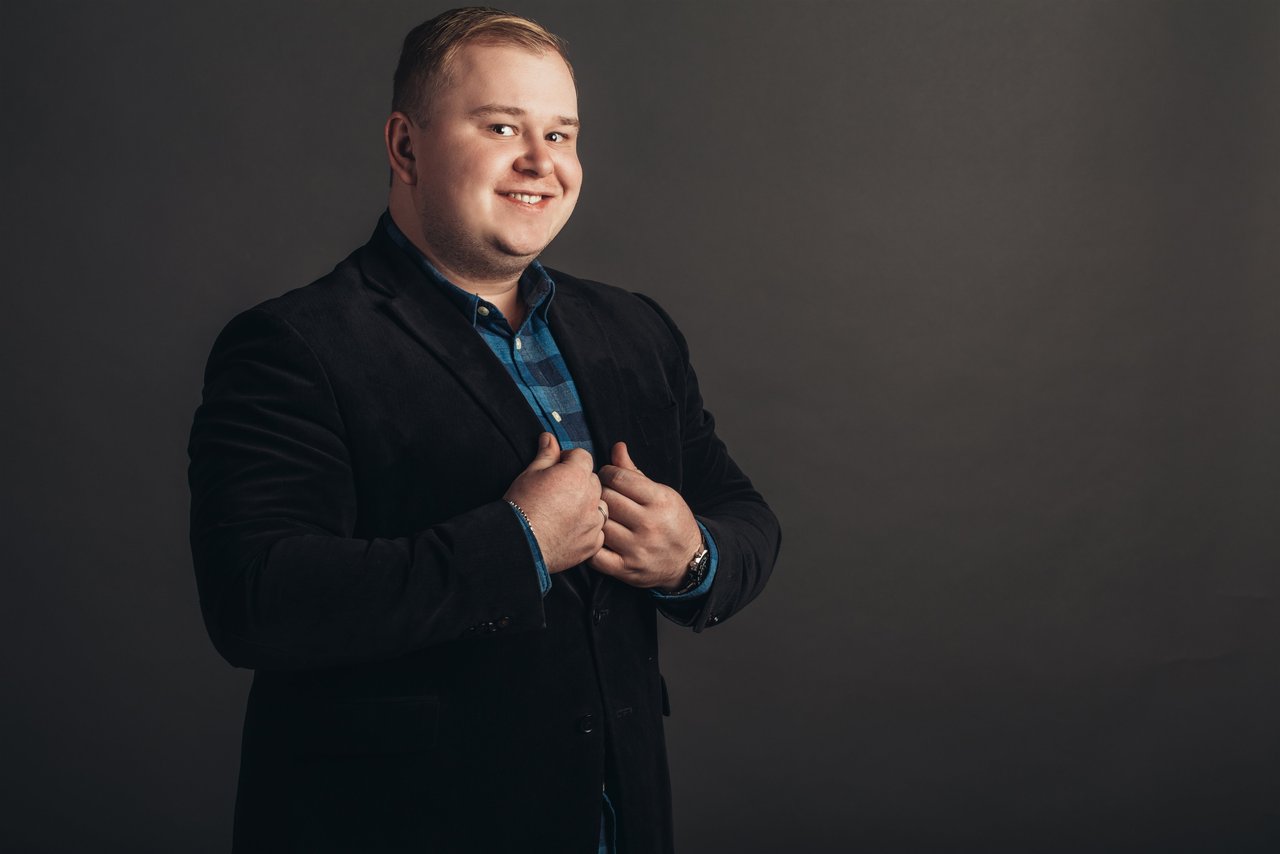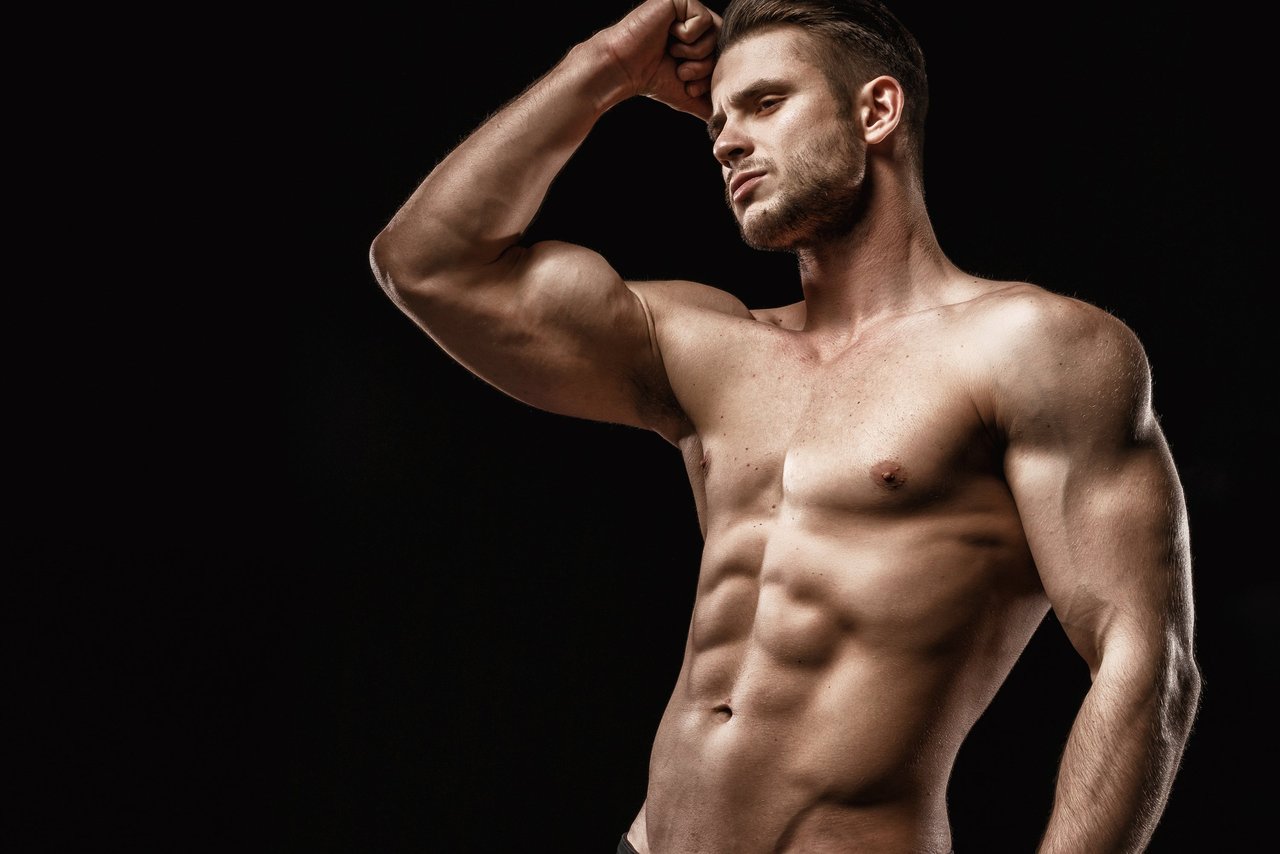Your Guide to a Practical Gay Slang Glossary and Its Importance
Language is where identity finds its shape. For anyone entering the LGBTQ+ world or looking to engage more deeply on platforms like Gayhookupapp.com, a practical gay slang glossary is more than a dictionary—it's a bridge to understanding and self-expression. These LGBTQ+ expressions go beyond just words; they're flags that signal belonging, clarity, and sometimes rebellion.
Think about terms like "twink," "bear," "drag," or new labels emerging every year. Each word has roots buried in subcultures, built on shared experiences of joy and hardship. When someone calls themselves a "jock" or adds "vers" on their profile, that's not small talk. It's a code, an invitation to see their layered story. Whether chatting online or navigating a crowded club, gay community language gives us tools to be seen for who we are, not just by others, but by ourselves.
Today, gay dating slang also helps break awkwardness—think "NSA" (no strings attached) or "DTR" (define the relationship)—giving language to situations every dater has felt but maybe never named. And as the rainbow grows, so does the glossary. Every queer term mattered yesterday, just as every new one matters today. The real importance? This shared language turns isolation into connection, fostering visibility and sparking bolder self-expression across the LGBTQ spectrum.
Exploring LGBTQ Slang Terms—Origins, Community, and Connection
The heartbeat of LGBTQ culture is its language—woven with humor, pride, and a little defiance. LGBTQ slang terms didn’t spring up overnight; they’re the legacy of underground gatherings, drag shows, and chosen families. For instance, "twink" started as a cheeky nod to slim, youthful guys, while "bear" emerged to celebrate larger, hairier men who wanted space from mainstream standards. "Drag" itself is an art, a protest, and a celebration packed into four letters.
Why do these words matter? Because naming something makes it real. When you text a friend or update your dating bio with new queer terminology, you're not just playing with words—you're marking your place in an ongoing story. Each LGBTQ term has its own history, and those stories bring people closer in online chats and physical spaces alike. Feeling seen isn’t just about how you look; it’s about the words you use and the worlds they open.
Today, common LGBTQ slang terms have spilled into pop culture, but that doesn’t erase where they started. If you’ve ever described yourself on Gayhookupapp.com, the vocabulary helps you say, "This is me," in a way that the wider world sometimes still resists. Language can separate, but here, it mostly unites—making “gay lingo” a glue holding vibrant, diverse communities together.


